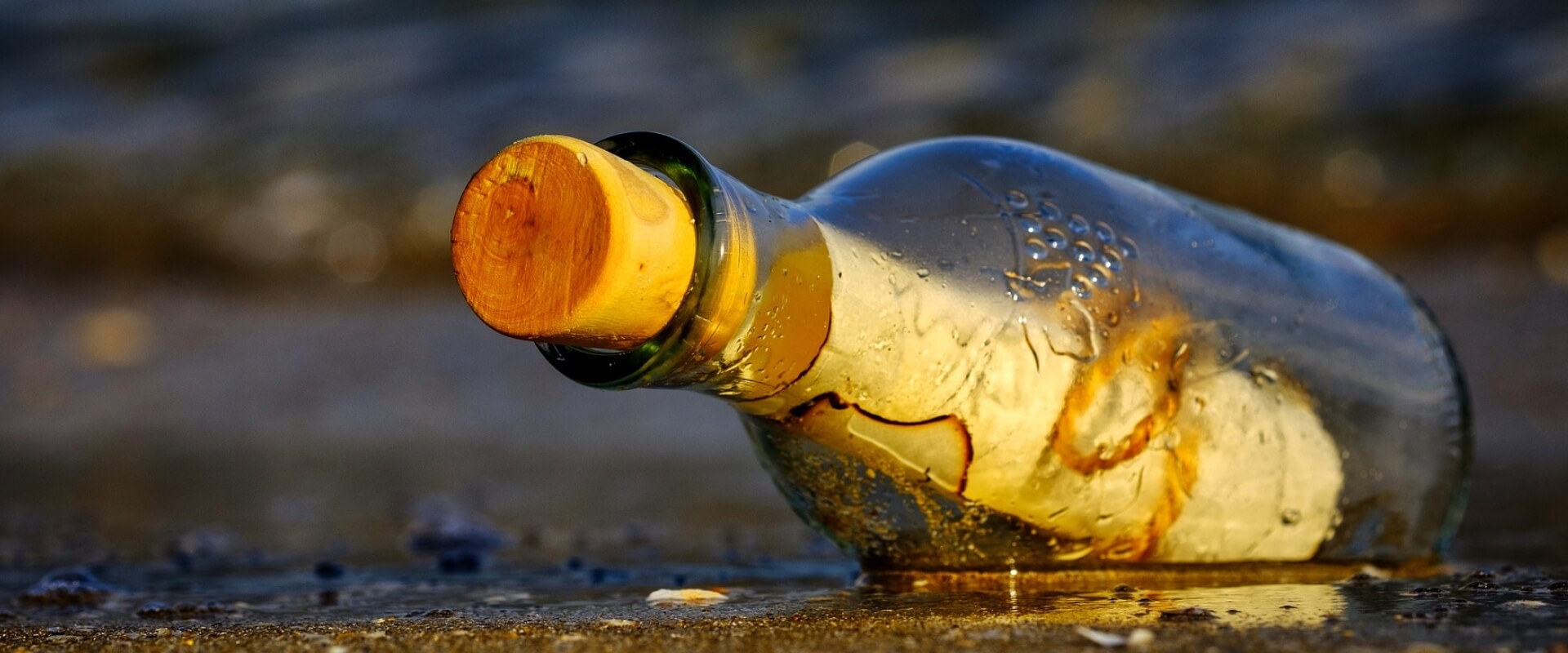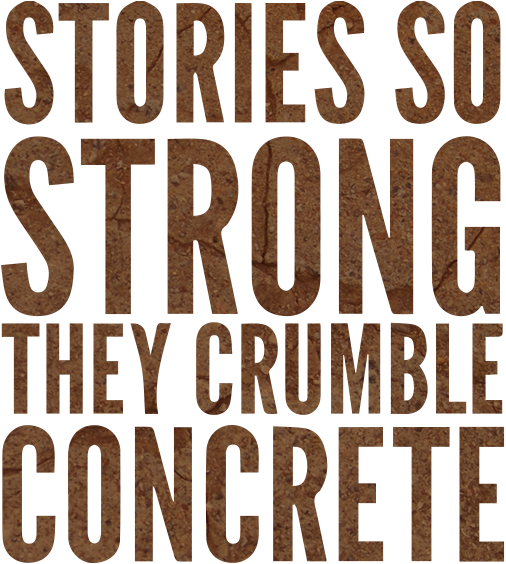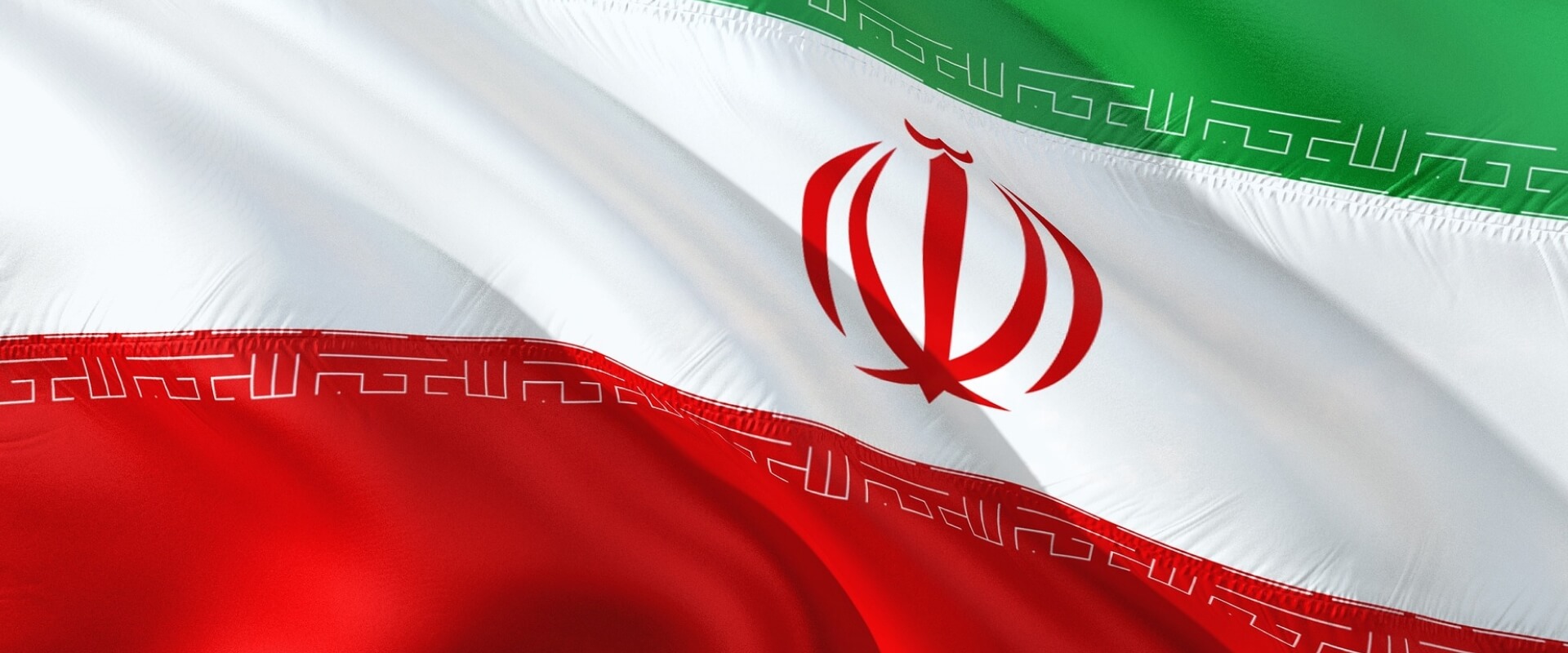Sexuality: Stigma and Punishment
A Message to Trafficking Victims that Their Lives Matter
by Rachel Lloyd

activism prostitution sexual-violence state-violence
Sara Kruzan was 16 years old when she was charged with killing her 31-year-old pimp, a man who had been grooming her since she was 11 years old and trafficking her since she was 13. Abused as a small child and living with a drug-addicted mother, Sara was the ideal victim for the lure of a predator. While other girls her age were in junior high school, Sara was experiencing the attention and 'affections' of a pimp who began to exercise control over her young mind. When other girls were entering high school, Sara was already being sold to adults, forced to turn over her money to her 'daddy' and beaten if she resisted. In fact, Sara's life up until her arrest was a litany of abuse and trauma, absent and predatory adults, failed systems and a total dearth of support and services. It is clear that Sara never had the opportunity to be just a young girl and yet mentally and emotionally she was still very much a child. The court could have decided to take all these mitigating factors into consideration when sentencing her instead Sara was sentenced to life in prison without the possibility of parole.
When I first learned about Sara’s case, I was horrified. It was such a clear and egregious abuse of the criminal justice system and my heart went out to this woman, just a few years younger than me who had grown up in jail. It was hard for me not to feel a sense of survivor's guilt and recognize that it could have easily been me waking up every day in prison. I remember vividly the night I decided to kill my pimp. It was 1994, the same year Sara was convicted. I was 19 years old, angry and desperate, trapped and hopeless. I knew I would probably go to jail but I didn't care. At the time I thought I planned it carefully, in retrospect there was no real plan in place, other than waiting until he was asleep to shoot him, as it would be the only time that I would be able to do it safely. I knew a guy who knew a guy who would sell me the gun. I hid some of my earnings from my pimp and took the money to the guy. Fate intervened and I was unable to purchase the gun that night. I lost my momentum, and while I thought about it many more times, I was never able to work up the nerve again to do it. There is, however, little doubt in my mind that had the gun been in my hand that night, I would have pulled the trigger.
That was 16 years ago and it is hard today to not only picture how different my life could've been, but to reconcile that angry, traumatized girl with the woman that I am now. Since then, I've been able to contribute to society in ways that no-one who met the teenaged me could have imagined. I've had a chance to travel, get my GED, go to graduate school, fall in love, find peace and most importantly, use my own experiences to provide services to thousands of trafficked and commercially sexually exploited girls.
Not only have I changed immeasurably in the last 16 years, but so has our collective understanding of the commercial sex industry. When both Sara and I were being pimped and exploited, we weren't considered trafficked youth, just "prostitutes." It wouldn't be until the year 2000 when the Trafficking Victims Protection Act was first passed as federal law that a child under the age of 18 who were in the commercial sex industry could be considered a victim of a severe form of trafficking. Taking into account the vast amount of research and literature on child and adolescent development, the law also ensured that there was no need to prove 'fraud, force or coercion' if the victim was under the age of 18. The fact that the victim was a child is enough. In 1994, there were few outreach or intervention programs specifically designed to serve commercially sexually exploited and trafficked girls; programs that might have prevented girls like me or Sara from being recruited by pimps in the first place and there was little understanding of the trauma bonds that trafficked girls have with their pimps and no empathy for victims. The most common question I would hear is 'why didn't you just walk away and get help'? Sixteen years later, we are beginning to understand the close connection between the power and control used by batterers and by traffickers and we are learning that trafficking victims experience the same types of learned helplessness, Stockholm Syndrome, and inability to escape that many domestic violence victims do. For trafficking victims, we know that these dynamics are only strengthened by the age of the victims, the histories of abuse that the vast majority of exploited children share and the continued lack of services and support available to these youth.
Since 2000, the focus of the Trafficking Victims Protection Act and our understanding of trafficking has begun to include domestic children and youth. We're slowly beginning to recognize that you don't have to be chained to a wall to think that you can't leave; you don't have to be undocumented to feel scared to go to the police and you don't have to be from another country to feel as if you don't have options in this one. Girls, like Sara, particularly low-income girls, girls of color and girls who have grown up with family trauma and abuse are prime targets for exploiters. With an estimated 300,000 children at high risk for commercial sexual exploitation and trafficking in this country, we are recognizing that this is not just a rare anomaly but a widespread issue impacting children throughout the United States.
We know so much more now about the nature of commercial sexual exploitation in the United States than we did back then and while there's still much work to do on the issue, its hard to believe that any court today would sentence a child like Sara, clearly defined under the Trafficking Victims Protection Act as a victim of a 'severe form of trafficking' to spend the rest of her natural life in prison for killing the man who had trafficked, raped and exploited her. If they did, we would loudly protest and ask what justice is served by incarcerating a traumatized and exploited child for the rest of her natural life?
The question today in Sara's case is, what justice is now served by continuing to incarcerate a woman who has served 16 years as a model prisoner? No one is arguing that Sara represents any danger to society if she were to be released. In fact, all evidence points strongly to the fact at 32 years old, Sara is a resilient, compassionate and brave woman who could make significant contributions to society. This is a woman who has not let her past or her life circumstances define her. Throughout her incarceration, she has gained an education, served as a support and mentor to other incarcerated young women and was even once named Prisoner of the Year by the correctional officers. If she could accomplish all of that in prison, imagine what she could accomplish once free.
What happened in Sara's case was a tragedy on many levels, but it was caused by the specific circumstances of her age and victimization. Sara has taken responsibility for her actions on that night in 1994 and has already paid a hefty price. What responsibility are we as a society prepared to take for the fact that at 13 years old, Sara was a victim of trafficking bought and sold by adult men to adult men? Sara Kruzan had been failed by society long before her crime was committed. Allowing her to remain incarcerated only fails her, and our sense of justice and fairness further.
I've thought a lot about Sara Kruzan this year, and our shared past. I'm acutely aware that as I've had the opportunity to make mistakes, heal and grow over the last 16 years, I've been able to experience a freedom that was denied me when I was in the commercial sex industry. Sara's never experienced that freedom. Not as a child, abused and victimized by her family and the adult men who took advantage of her. Not as a young woman and now an adult, confined to a cell and living with the knowledge that without intervention she will die in prison. Governor Schwarzenegger has the power to grant clemency with time served for Sara and as individuals we have the power to encourage him to do so.
By granting clemency, the Governor will send a strong message to trafficking victims that their lives matter and that they are not forgotten and he will allow Sara Kruzan to finally experience freedom for the first time in her life. Now that feels like justice to me.



